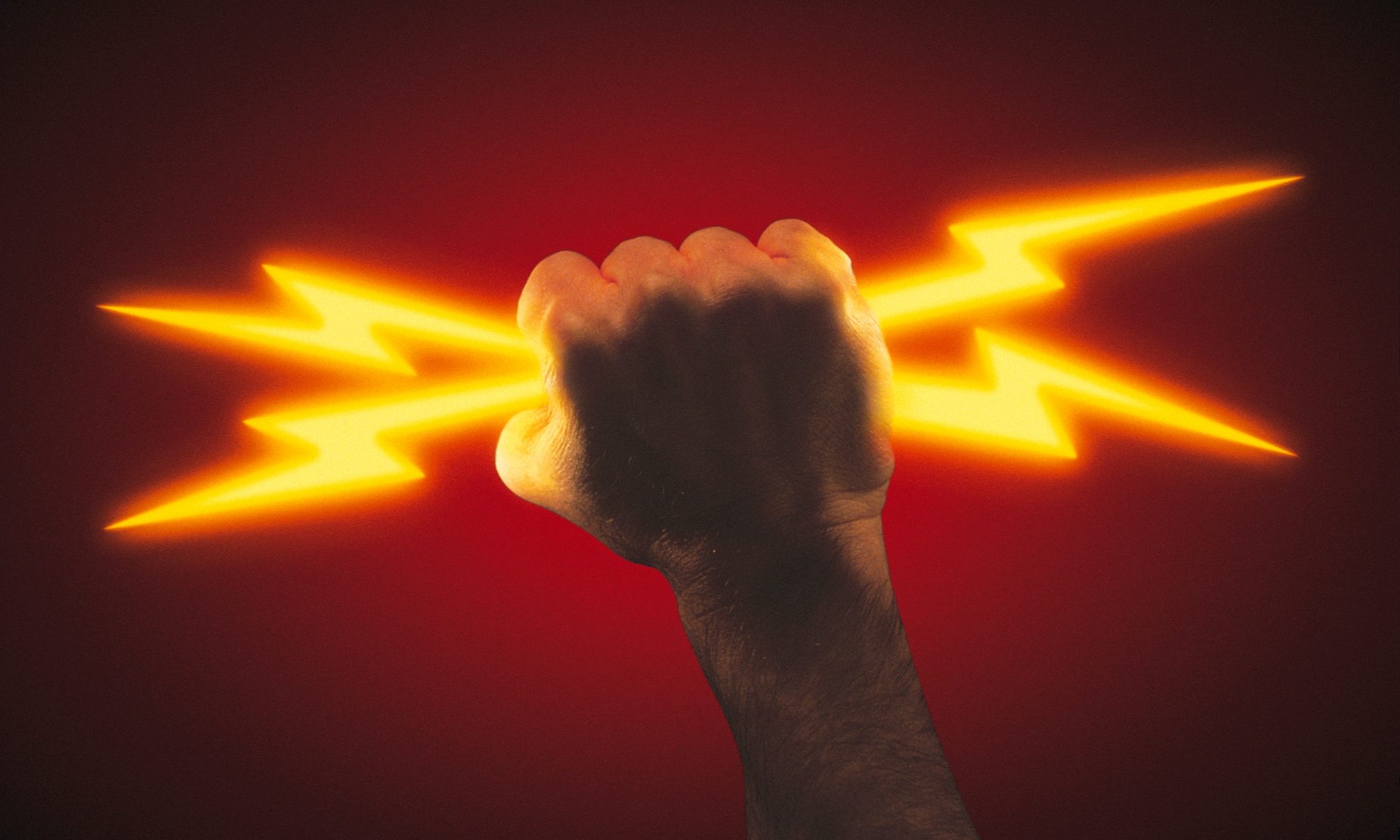As a non-life-threatening condition, Tourette Syndrome (TS) is woefully under researched, thus its causes and origins remain unelucidated. Current medical literature posits a number of complicated theories with complex neurobiological involvements. Multiple overactive, dysregulated, and/or maladaptive pathways may be involved.
Tourette Syndrome is a disorder that causes much personal anguish for its suffers. The stares, whispers, insults, and ridicule lobbed by the uneducated public at people with TS are arguably one of modern day’s greatest forms of acceptable public prejudice. People with TS are not attention seekers. We would like nothing better than to blend quietly into the social landscape, yet our tics thrust us unwillingly into the glare of the public eye. TS is not a life-threatening disease, but it does rob the patient of quality of life.
Many people with TS demonstrate high levels of creativity. British neurologist Oliver Sacks (1933-20155) wrote[1] in BMJ that some artists and writers with TS make beneficial use of the excitement and imagination associated with the condition. Dr. Sacks also observes that it may be by “partly deferring to, partly mastering, the energy of Tourette’s – that the most potent Tourettic creativities arise.”
Experts[2] have revisited observations on the behaviors of Wolfgang Amadeus Mozart (1756-1791). He is often considered to be the most influential, and most creative, composer of the classical music era. Mozart’s facial grimaces, seemingly restless movements of hands and feet, sharp and sometimes raunchy spoken and written words, and odd verbal utterances may be suggestive of TS.
In 2017, Italian researchers[3] published a study that suggests a biological basis for the enhanced creativity in Tourette Syndrome. Dopamine is a neurotransmitter in the extrapyramidal system of the brain, and important in regulating movement. High levels of dopamine have been found by numerous studies to associate with creative thoughts. TS patients have high dopamine levels; whereas people with Parkinson’s Disease (PD) have low levels. The Italian study involved 27 TS patients and 27 PD patients, ages 35 to 57 years, all with high-school diplomas, who took a standardized creativity assessment test. The resulting data suggested that the TS subjects had higher creativity than the PD subjects.
[1] Sacks O. Tourette’s syndrome and creativity. BMJ. 1992 Dec 19-26;305(6868):1515-6. PMC full article at https://www.ncbi.nlm.nih.gov/pmc/articles/PMC1884721/Z
[2] Kalyan B. Bhattacharyya and Saurabh Rai. Famous people with Tourette’s syndrome: Dr. Samuel Johnson (yes) & Wolfgang Amadeus Mozart (may be): Victims of Tourette’s syndrome? Ann Indian Acad Neurol. 2015 Apr-Jun; 18(2): 157–161.
[3] Zanaboni Dina C, Porta M, Saleh C, Servello D. Creativity Assessment in Subjects with Tourette Syndrome vs. Patients with Parkinson’s Disease: A Preliminary Study. Brain Sci. 2017 Jul 9;7(7). pii: E80.

